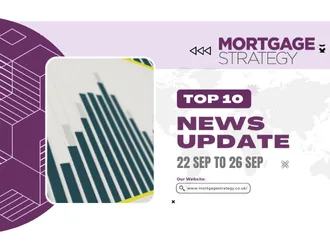
The value of outstanding mortgage balances with arrears increased by 9.2% from the previous quarter, to £20.3bn, and was 50.3% higher than a year earlier.
This is according to the latest data from the Bank of England’s Mortgage Lenders and Administrators Statistics for fourth quarter of 2023.
The figures also show the proportion of the total loan balances with arrears, relative to all outstanding mortgage balances, increased on the quarter from 1.12% to 1.23%, the highest since the fourth quarter of 2016.
Quilter mortgage expert Karen Noye said the latest Bank of England statistics painted a very worrying picture of the mortgage market. “The statistics show that the value of outstanding mortgage balances with arrears is over 50% higher than it was a year ago and has shot up nearly 10% (9.2%) in just one quarter.
“This shows that the large increase in mortgage rates seen over the last couple of years is really starting to bite for some borrowers and this is unfortunately causing them to fall into arrears as they simply can’t afford to keep up with their increased payments”.
She added: “The changes to National Insurance and Child Benefit at the Budget last week, will barely help considering many people will have seen their mortgage payments shoot up by £300 or more a month”.
Noye pointed out that positively, the statistics show that new arrears cases decreased by 2.6% from the previous quarter, to 13.2% of the total outstanding balances with arrears, but remained 0.2% higher than a year earlier.
“This may well continue to climb again though as more people come off fixed term mortgages set when rates were low.
“Elsewhere, the data points to a market in a deep freeze similarly suffering from the higher rates. While house prices have remained resilient, the value of new mortgage commitments (lending agreed to be advanced in the coming months) decreased by 6.6% from the previous quarter to £46bn and was 21.2% lower than a year earlier. This illustrates a serious lack of demand and although prices continue to be buoyant if this dearth in demand continues prices may return to a downward trajectory”.
The various measures to make the buy to let market less attractive by the government were clearly having their intended impact, Noye said, as the share of gross mortgage advances for buy-to-let purposes (covering house purchase, remortgage and further advance) decreased by 0.5% from the previous quarter to 7.0%, the lowest since 2010 Q3.
“The changes to the holiday let rules in the Budget may also make things even worse for landlords who have been hit with numerous changes to the buy to let tax landscape in recent years making it a less attractive option. This has resulted in many leaving the market,” she concluded.



